Judge Fred L. Banks
Fred Banks "chose to enter the law to help African Americans achieve equality." After earning his juris doctorate in 1968 from Howard University, Banks returned to Mississippi and helped win important victories in the areas of public accommodations, voting rights, and school equality and integration. Banks was in the second wave of African Americans to be elected to the Mississippi legislature in the wake of Robert G. Clark Jr. As a member of the House of Representatives, he was a leader in the effort to make legislative districts fairer and more inclusive. In 1985, Banks was appointed judge of the Seventh Circuit Court District, and in 1991, he became a justice on the Mississippi Supreme Court.

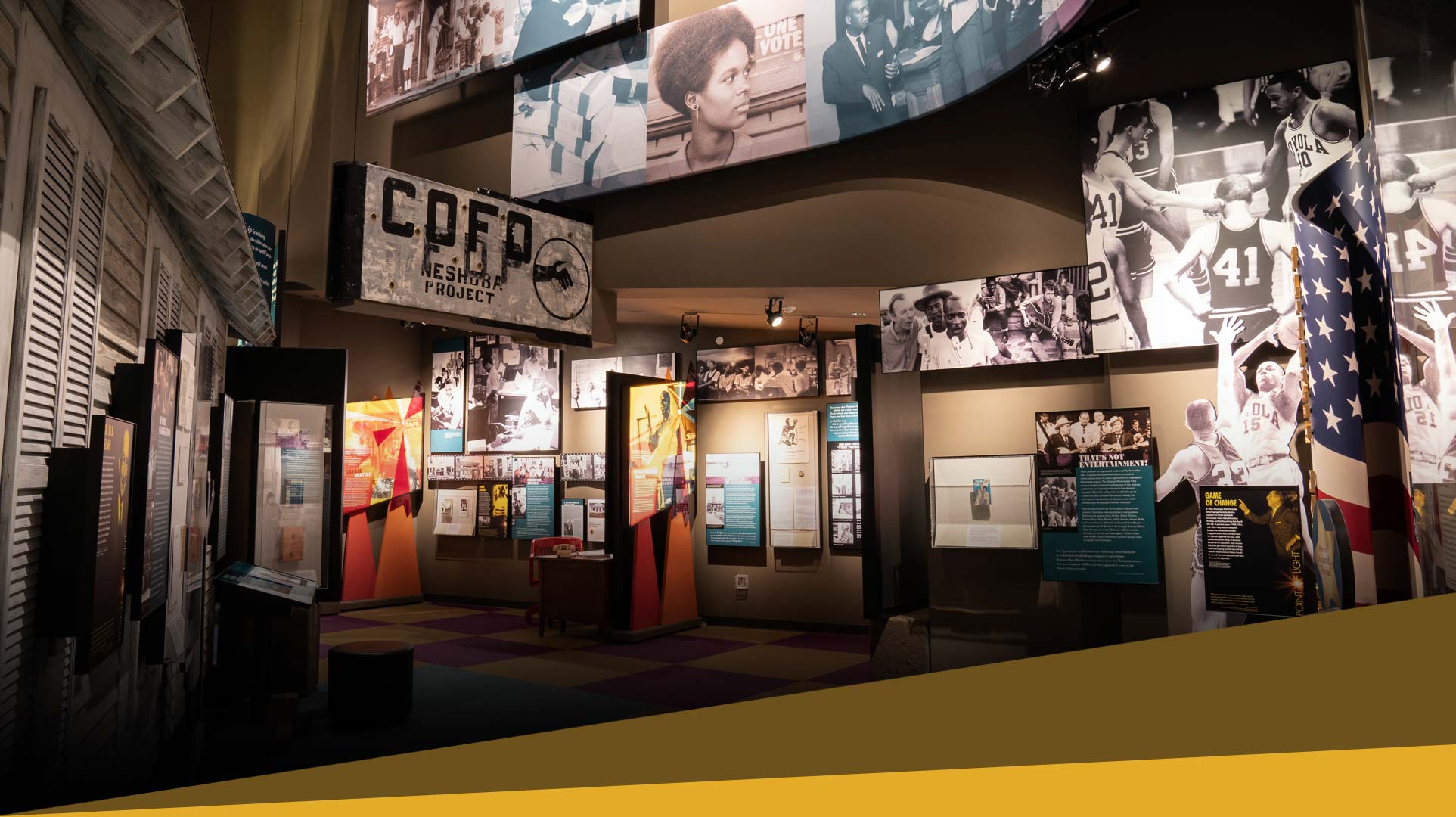
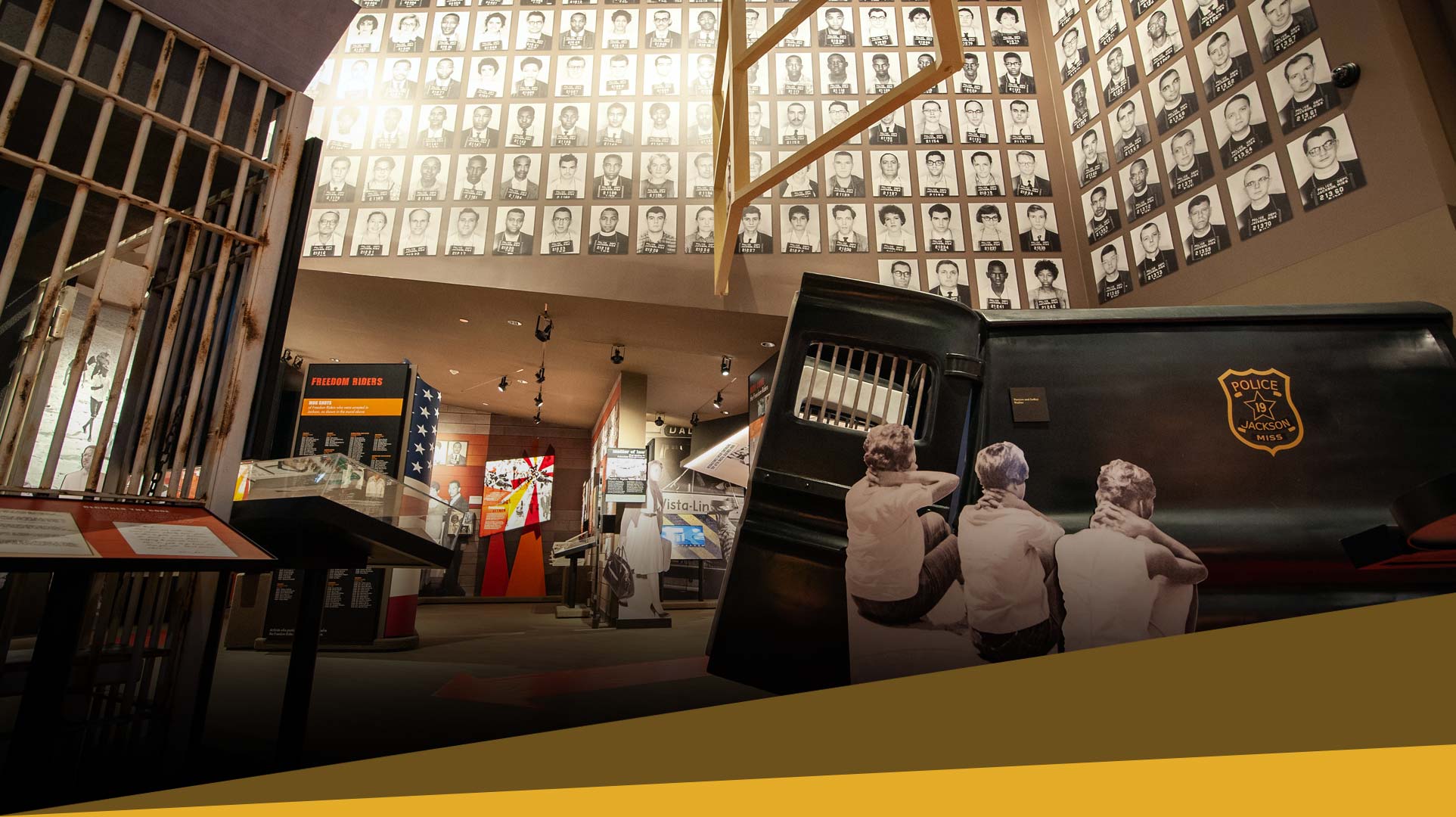
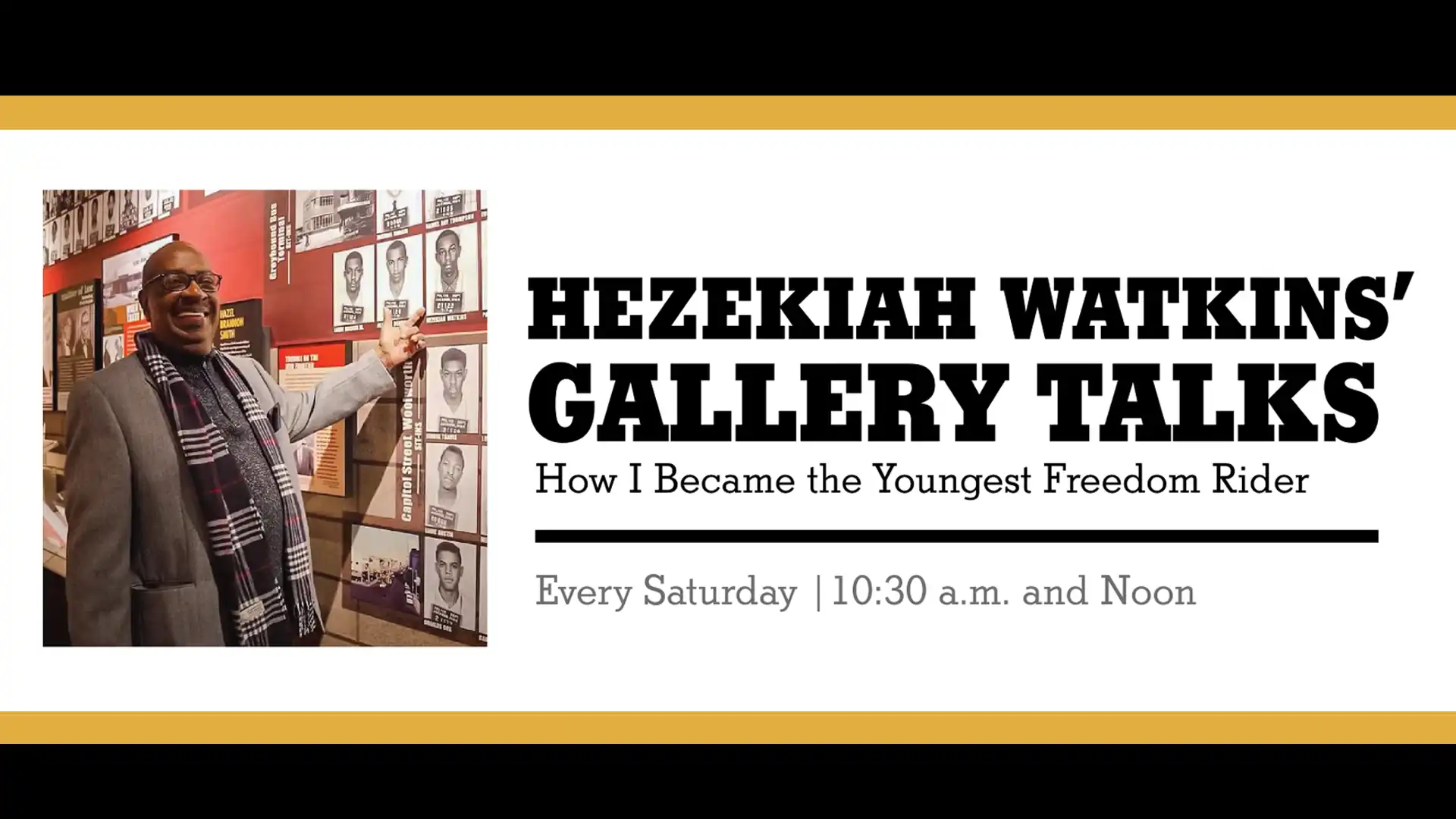
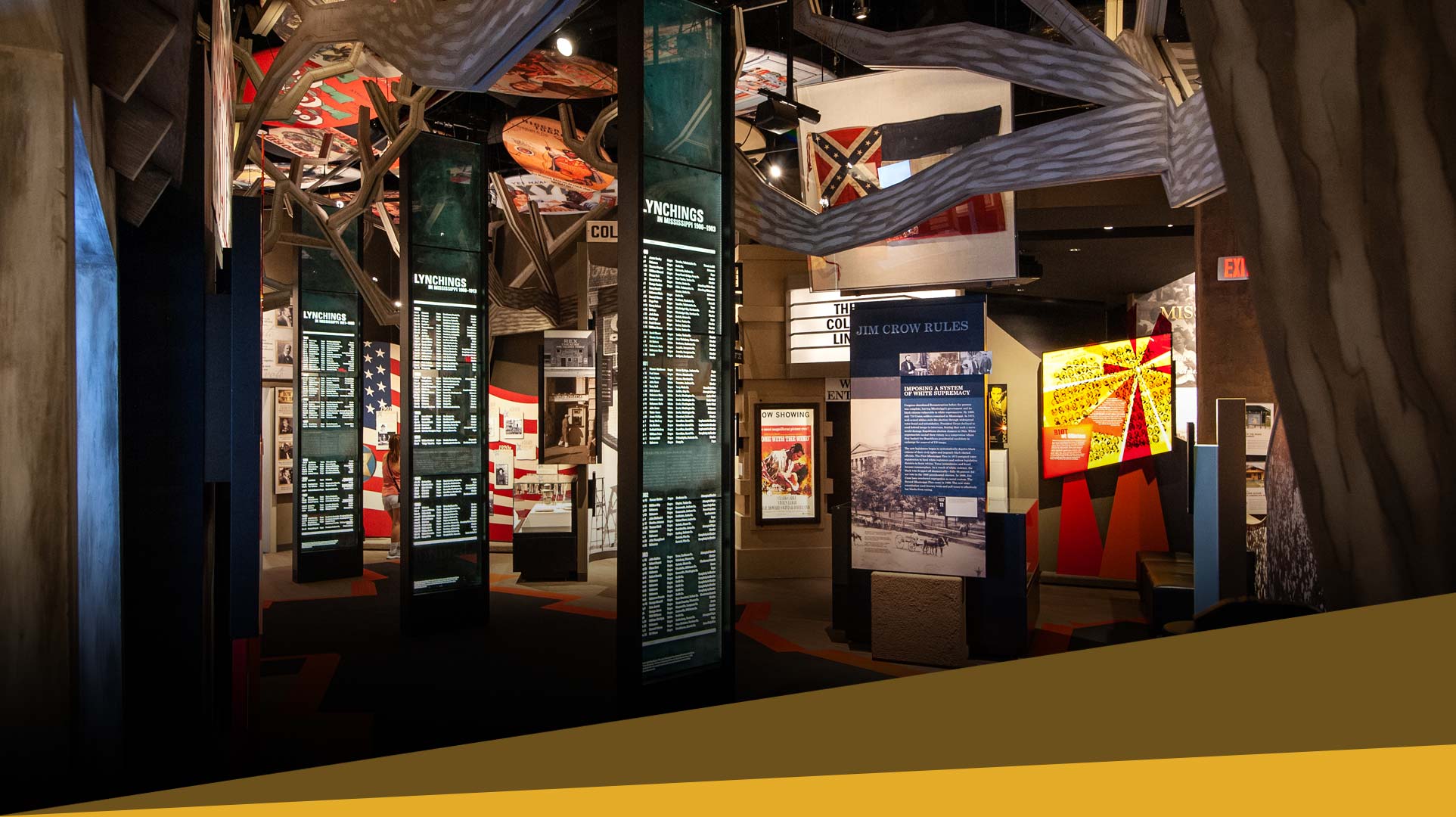
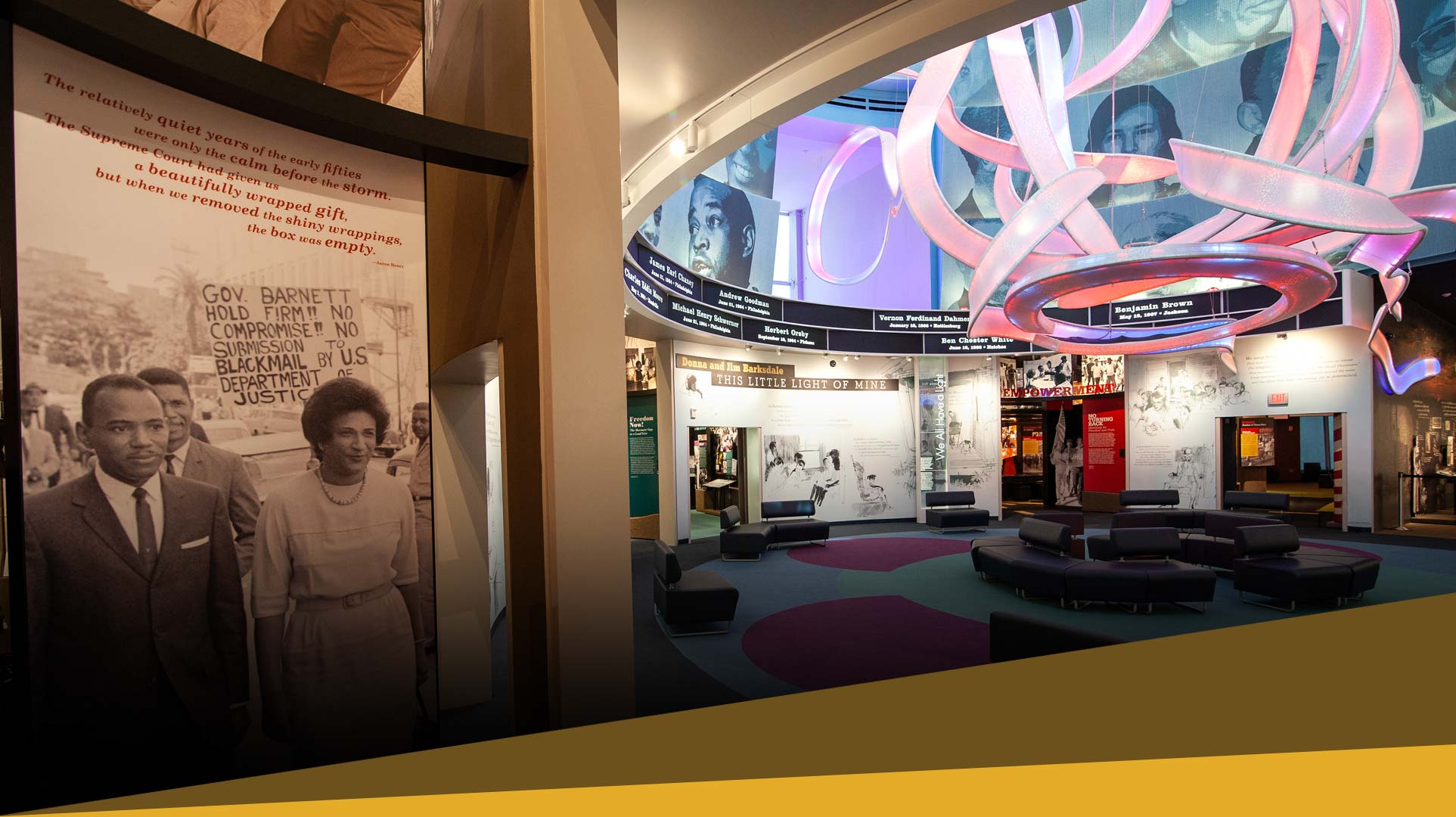
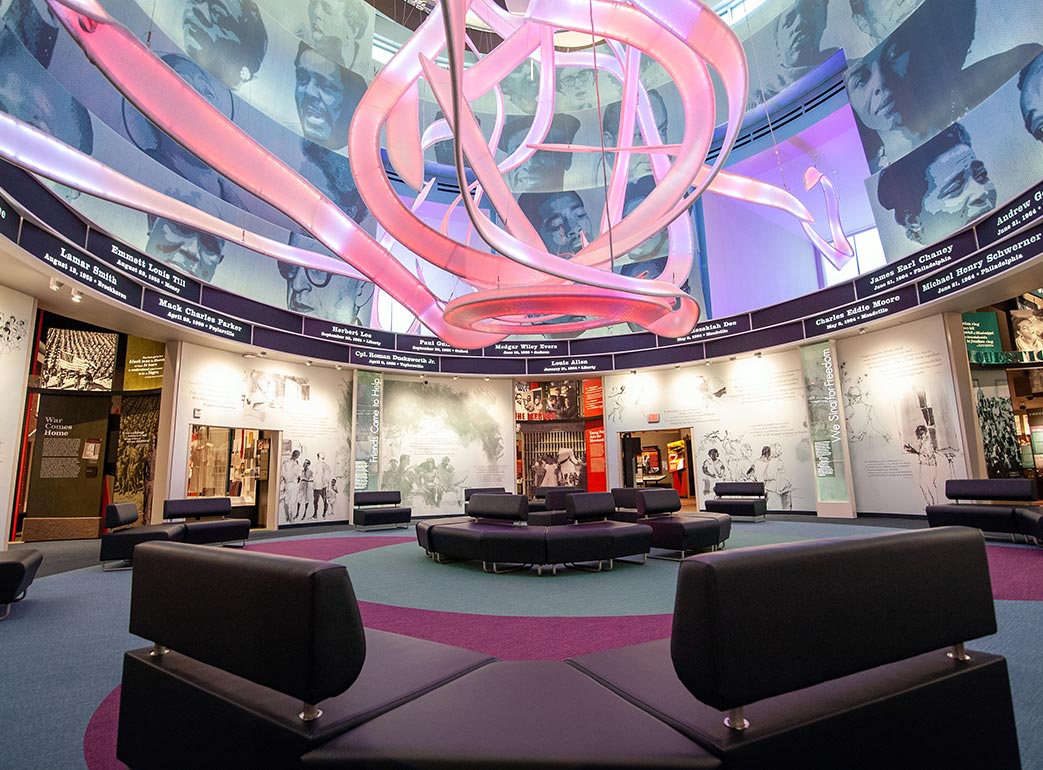
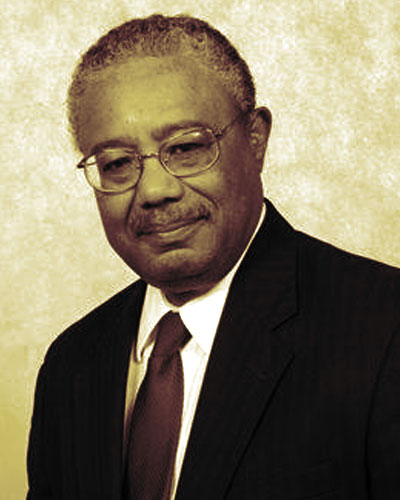
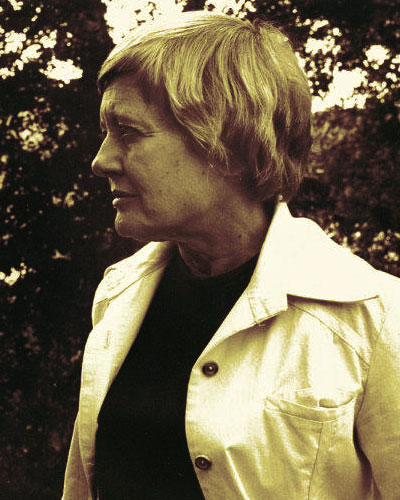
 Museum housed in the first public school for African Americans in Jackson in 1894
Museum housed in the first public school for African Americans in Jackson in 1894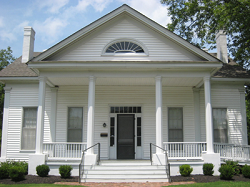 Features a collection of artifacts belonging to journalist, suffragist, and civil rights activist Ida B. Wells
Features a collection of artifacts belonging to journalist, suffragist, and civil rights activist Ida B. Wells












